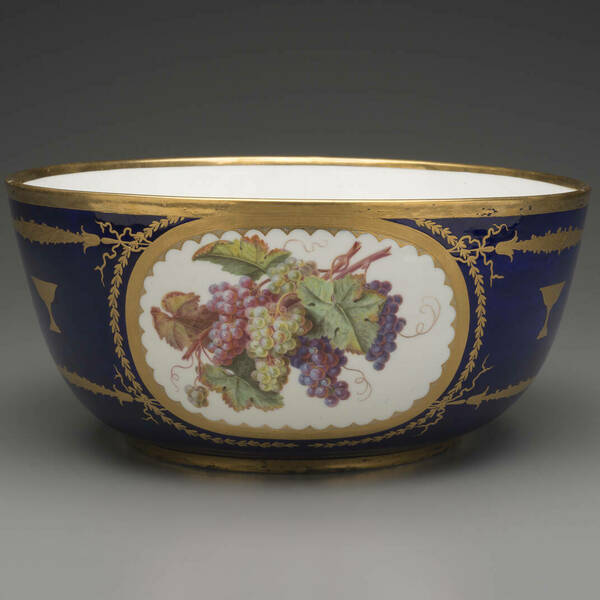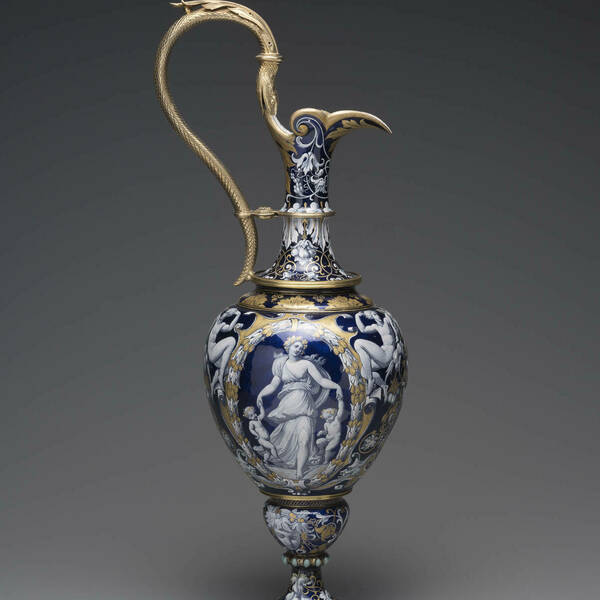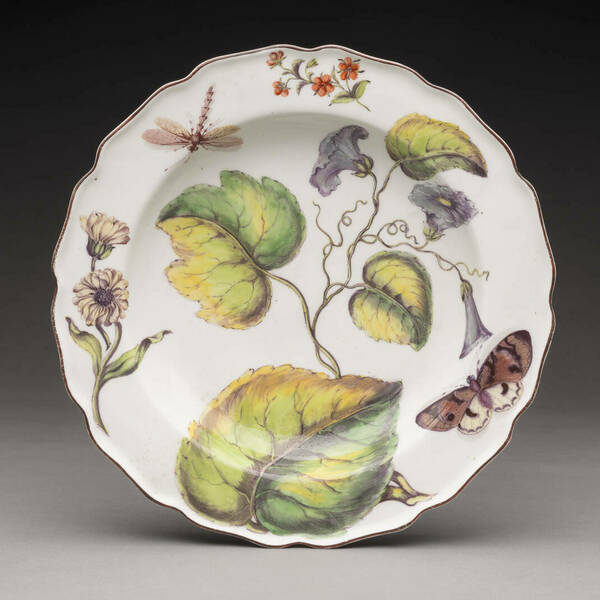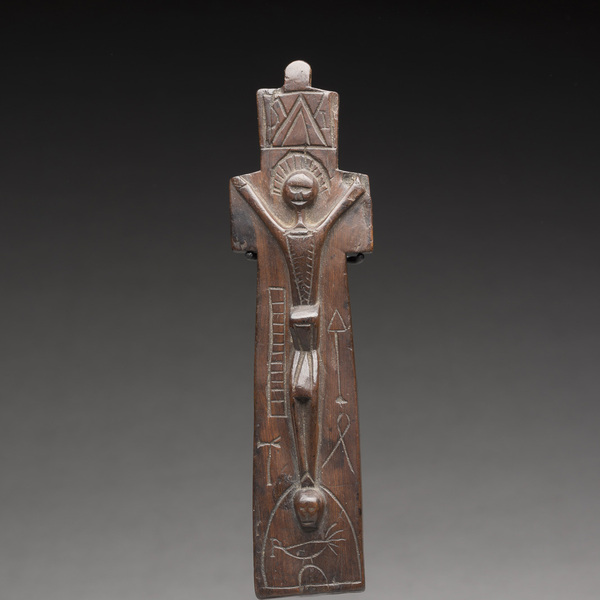.
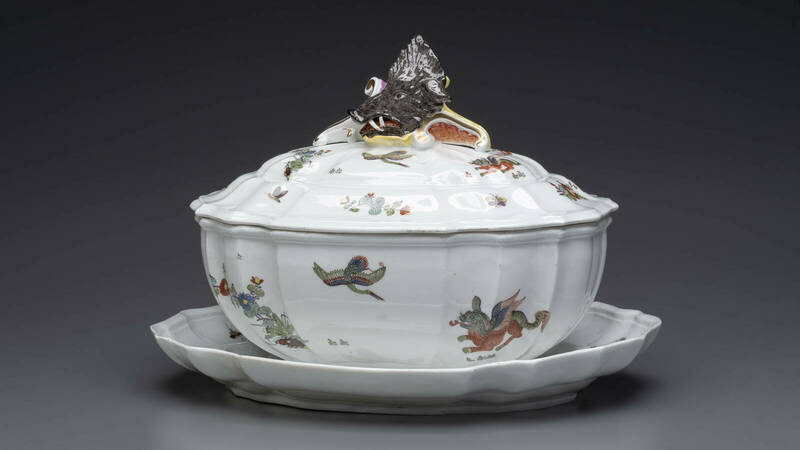
Decorative Arts
.
Decorative arts considerably expand our understanding of the relationships among history, technology, economics, and aesthetics. Both functional and beautiful, these objects reflect their makers’ and patrons’ values and tastes.
Salt cellars, teapots, and sugar bowls by the manufacturers of Sèvres and Meissen, for example, illustrate the growth of these commodities in the eighteenth century and the rituals and ceremonies that arose around their consumption. The shifting attitudes towards nature and responses to increasing industrialization are recorded in examples of the Arts and Crafts and Art Nouveau styles.
A wide range of materials and techniques charts artists’ ingenuity and skill throughout history. Whether they are of natural materials, such as wood, stone, ivory, or bone, that are shaped by hand; or of manufactured media, such as metal, glass, enamel, or ceramic, these objects are a testament to human creativity and innovation.
The Museum continues to add to its choice holdings of decorative arts primarily through the generosity of Virginia A. Marten, whose contributions of eighteenth-century porcelain have greatly enhanced the collections.
